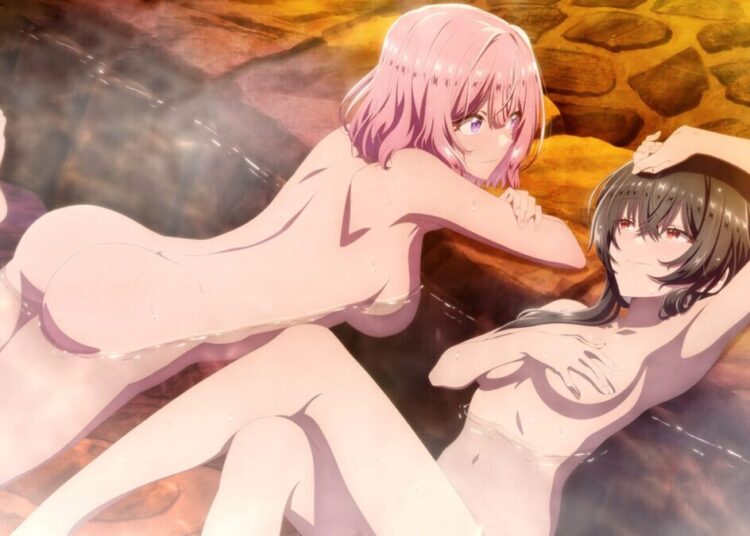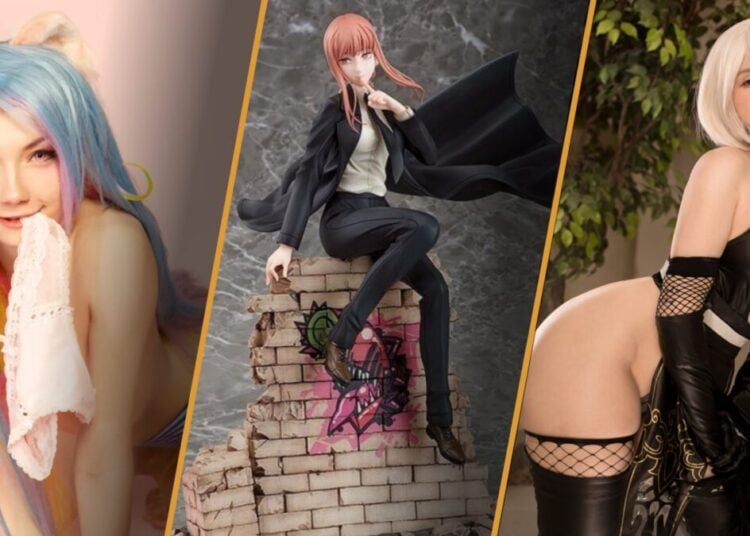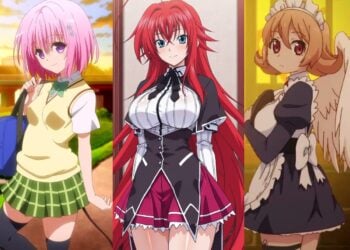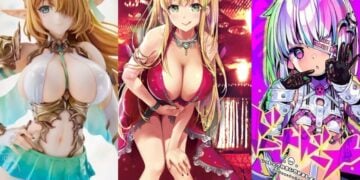Today is a solemn one, as Japan and the world marks the 75th anniversary of Japan’s surrender and the effective end of WWII. As I wrote in my post on remembering the anniversary of the Hiroshima atomic bombing, I feel more than a little frustration at the COVID-19 virus not just for causing massive loss of life across the planet and for disrupting the Tokyo Olympics and the world economy, but also for actually stealing history from us.
2020 was supposed to be the year I was super busy, finishing up Anime Expo and the San Diego Comic-Con then rushing back to Japan to blog about how happy the Japanese were to be hosting the 2020 Olympic games before entering a period where the country reflected on the end of WWII and the incredible 75 years of peace they’ve enjoyed since then, as close ally of the United States. Instead we’ve all been discussing virus infection rates and wearing masks and learning what “R-nought” means.
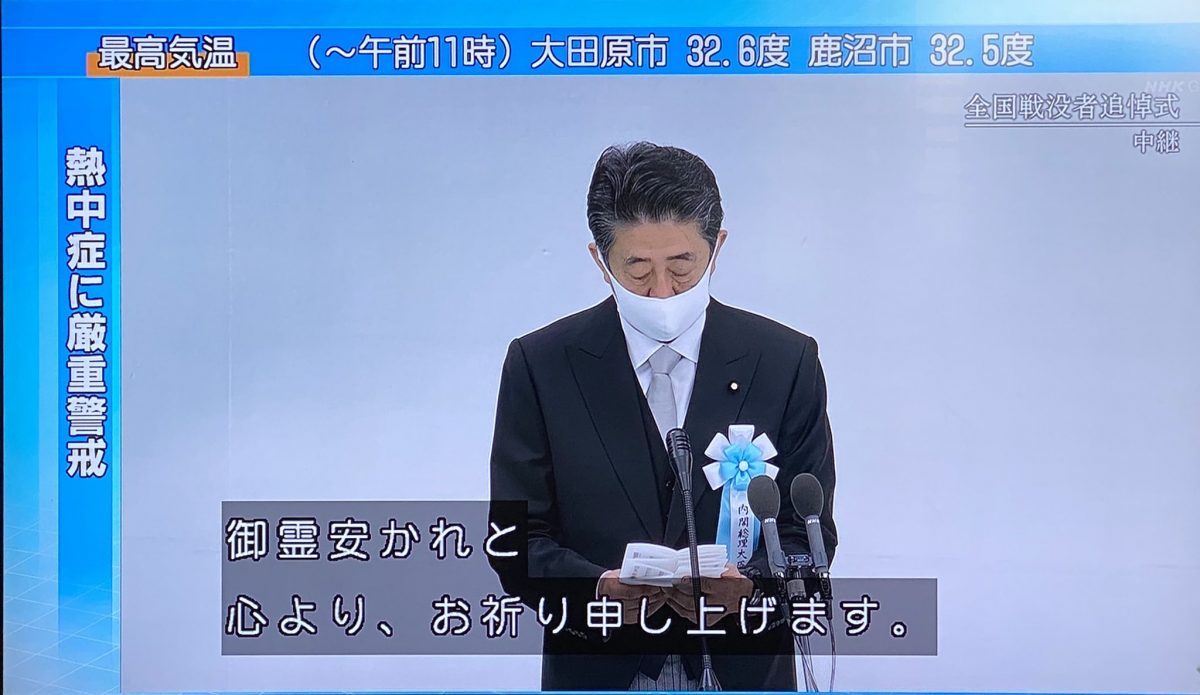
I Visited Yasukuni Shrine So You Don’t Have To
I happened to randomly be in Tokyo on August 15th, so I decided to visit Yasukuni Shrine, the Shinto shrine that functions as the de facto Arlington National Cemetary for Japan.
Originally built in 1869 to commemorate the dead from the Boshin War, a conflict between pro-Shogun forces and those supporting the creation of a new Constitutional government with the Emperor as the symbolic head of the country, after WWII it became the default place to remember all of Japan‘s war dead. Unfortunately, the bones of the class A war criminals, those responsible for launching the war for the atrocities Japan committed, are also interred here, making the shrine a delicate topic. It’d be something like if Jefferson Davis and Robert E. Lee were interred in a place of honor in Arlington.
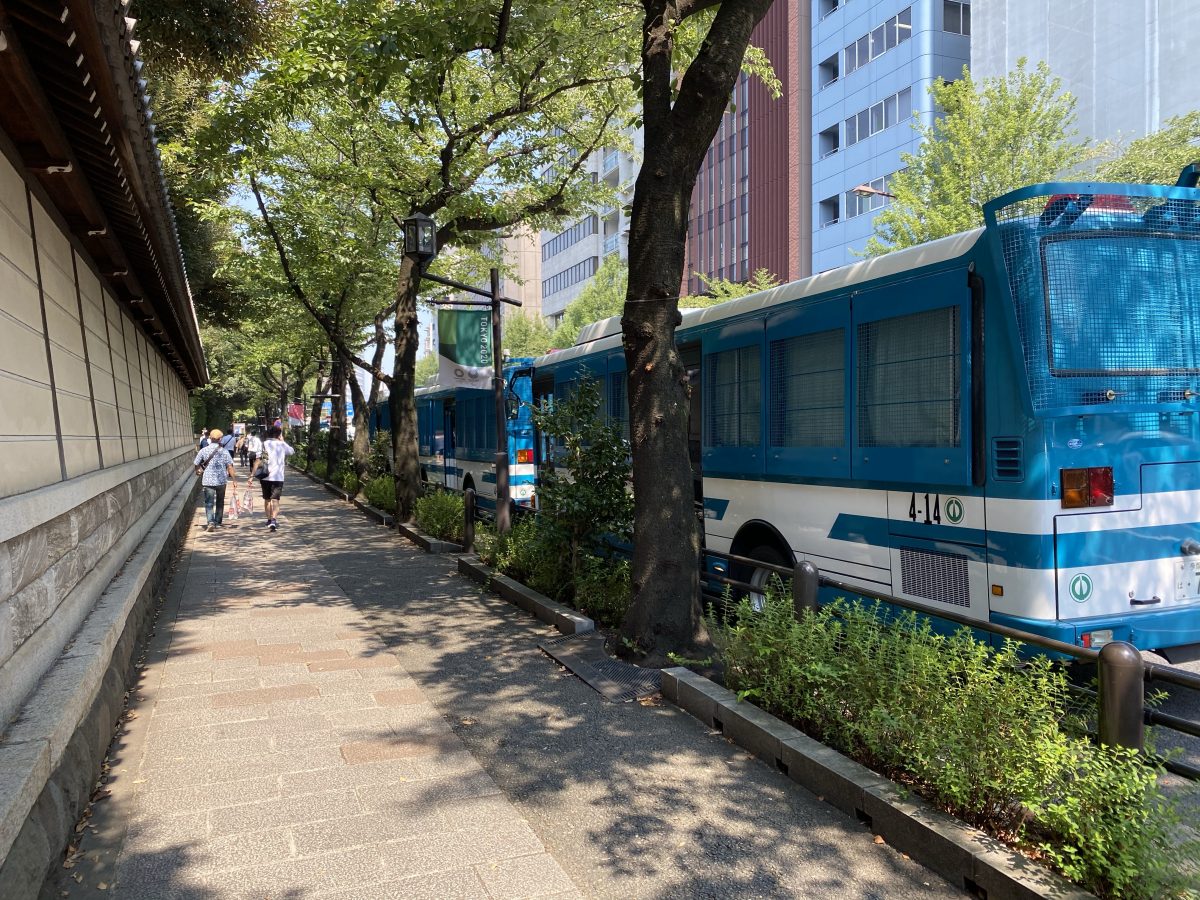
I’ve been to Yasukuni once before, also on August 15. Then, there were more than 100 of these heavy-duty police trucks, capable of hauling off people if rowdy demonstrations were to happen. This time I saw only a few of them, and far fewer police standing around looking official.
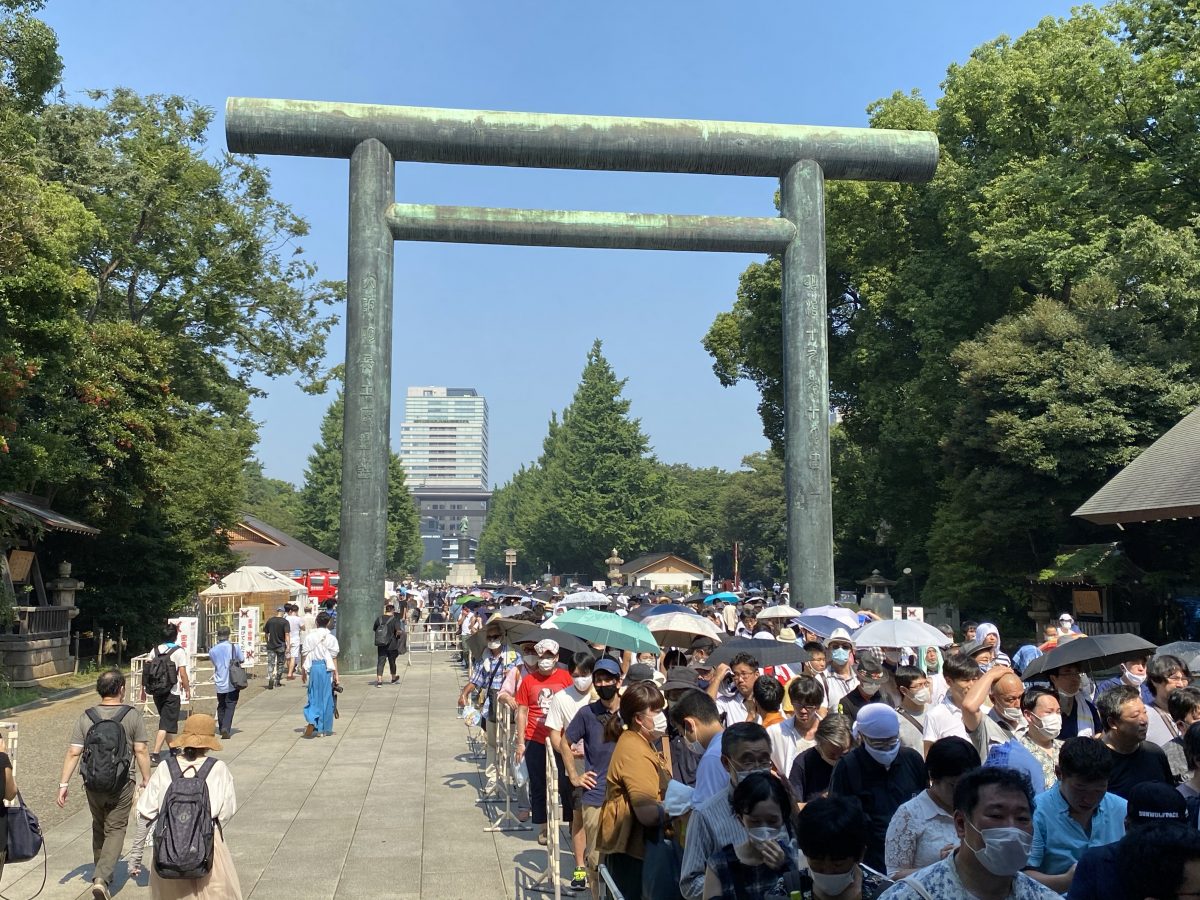
The day being such a big anniversary , there was a huge line people waiting to get inside the shrine proper to give an offering, which means throwing a ten yen coin into a coin box and praying for the souls of the soldiers and sailors who died in the war, usually specific family members for 99% of these visitors. While the news media will always choose the most shocking pictures to show you because they need you to click on their news articles, this is the scene I saw: just a long line of mask-wearing young and old Japanese waiting to pay respects to a dead family member and let them know they’ve not been forgotten.
For the supposed heart of Japan’s extreme right-wing political world, I saw exactly two wartime Japanese flags: an old man wearing a face shield had one on his chair, and a flamboyant former soldier wearing his old uniform was carrying one of the flags with him. I considered getting a picture of the second man but thought it might be rude. As I was putting my phone away, a passing Japanese man literally laughed out loud at the old soldier for so shamelessly showing his right-wing colors.
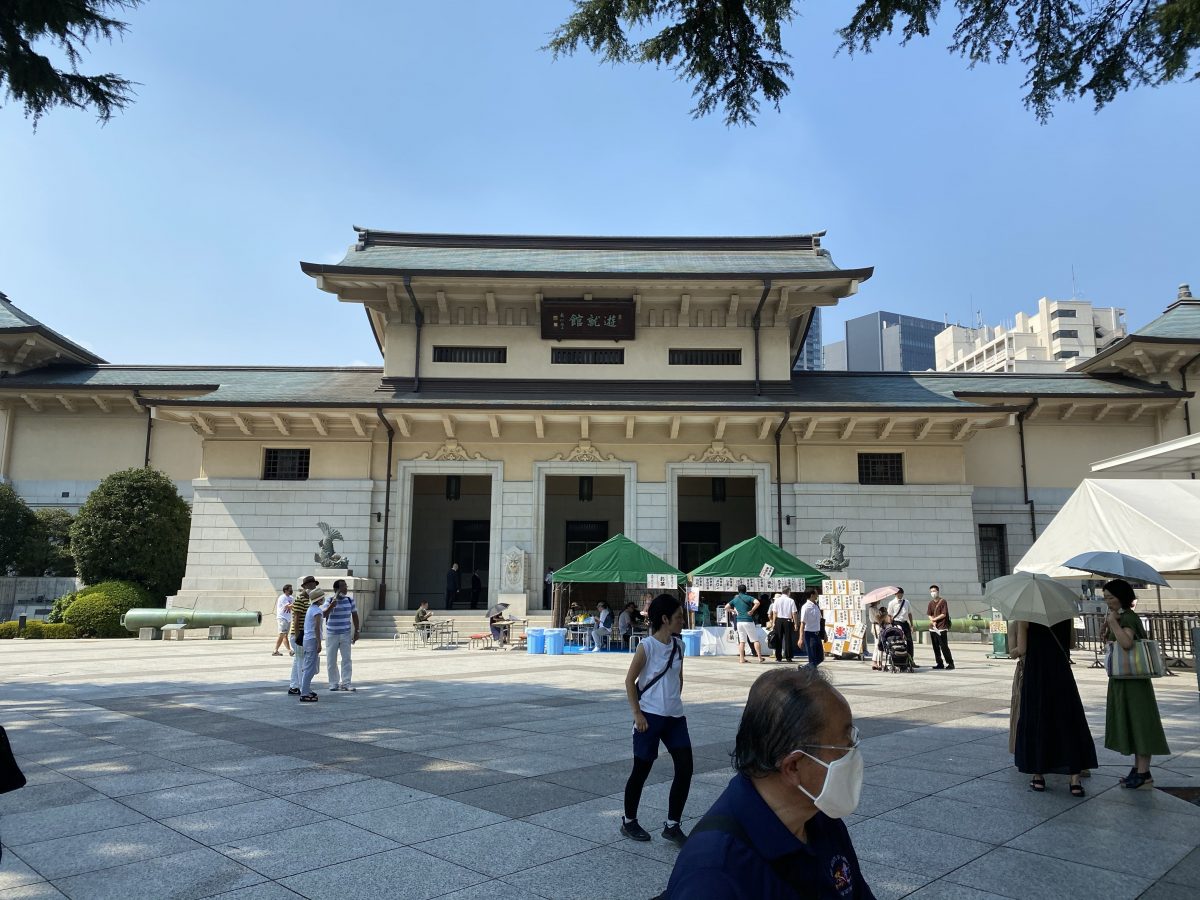
In addition to the shrine proper, there’s a museum that’s actually quite interesting, showing the history of WWII from the point of view of Japan’s right wing. I’d visited before, and found the museum interesting, though of course telling only part of the story. For example, it focuses on Japan as seeing itself to the successor empire to the British Empire in Asia, not an unreasonable opinion at the beginning of the conflict, and how the other unwilling British subjects in countries like India and Egypt openly cheered on Japan’s attempts to take on Great Britain militarily, which is not something likely found in American or British history books. Of course, the museum does not tell properly tell the story of the many misdeeds done by the country’s armies during the conflict.
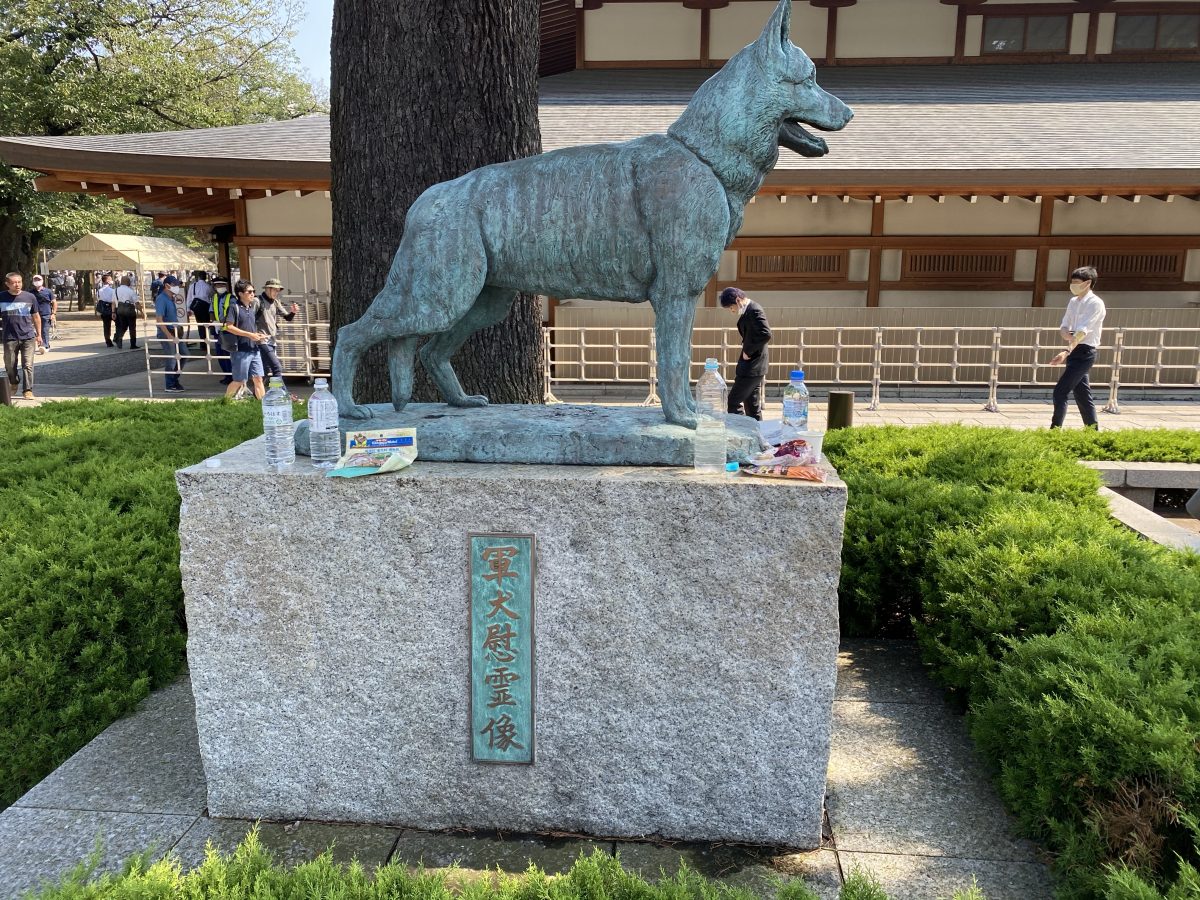
In addition to soldiers, many dogs were used in wartime, and they were often killed. This is a statue dedicated to the dogs of war…
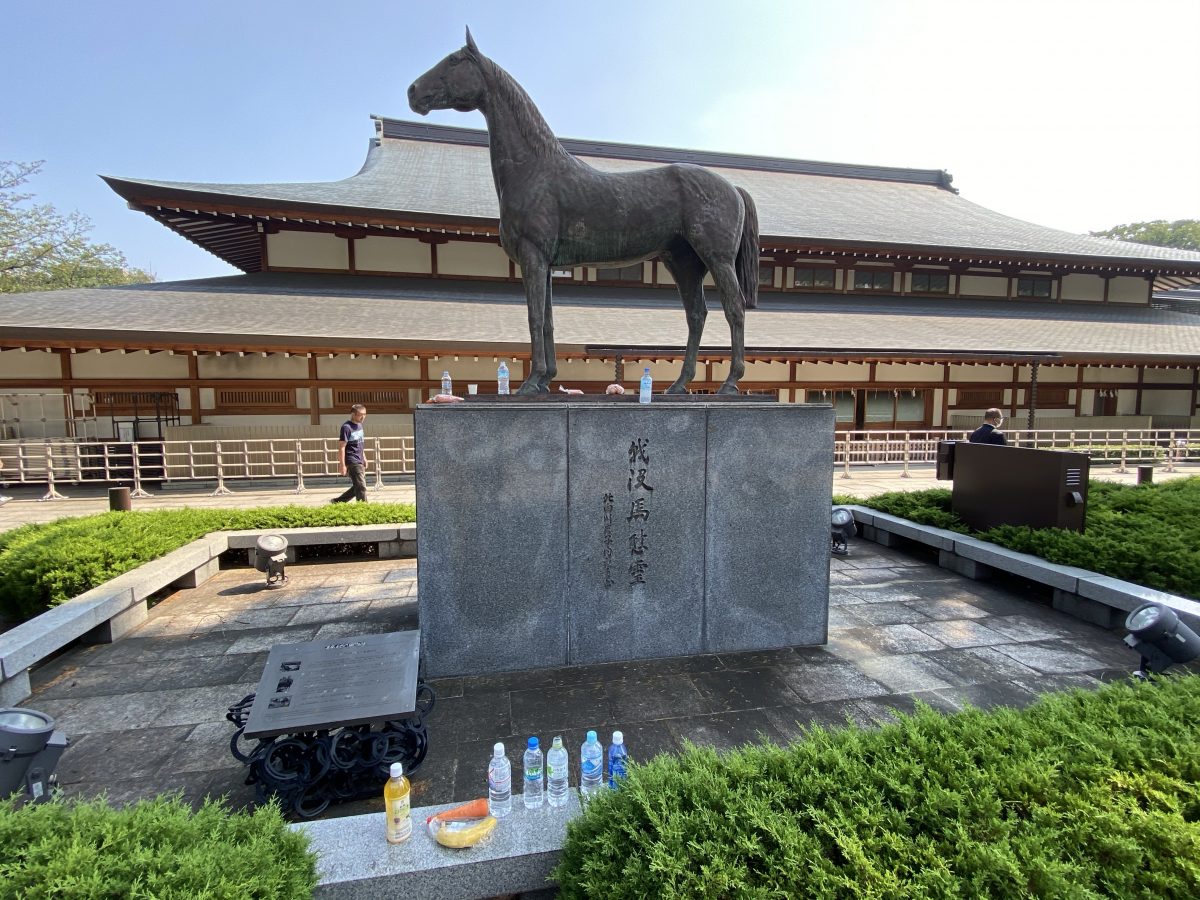
…and the horses, who also served in militaries. People have made offerings of water and food to the memory of the horses killed in the war. There’s also a statue remembering carrier pigeons who were also part of the conflict.
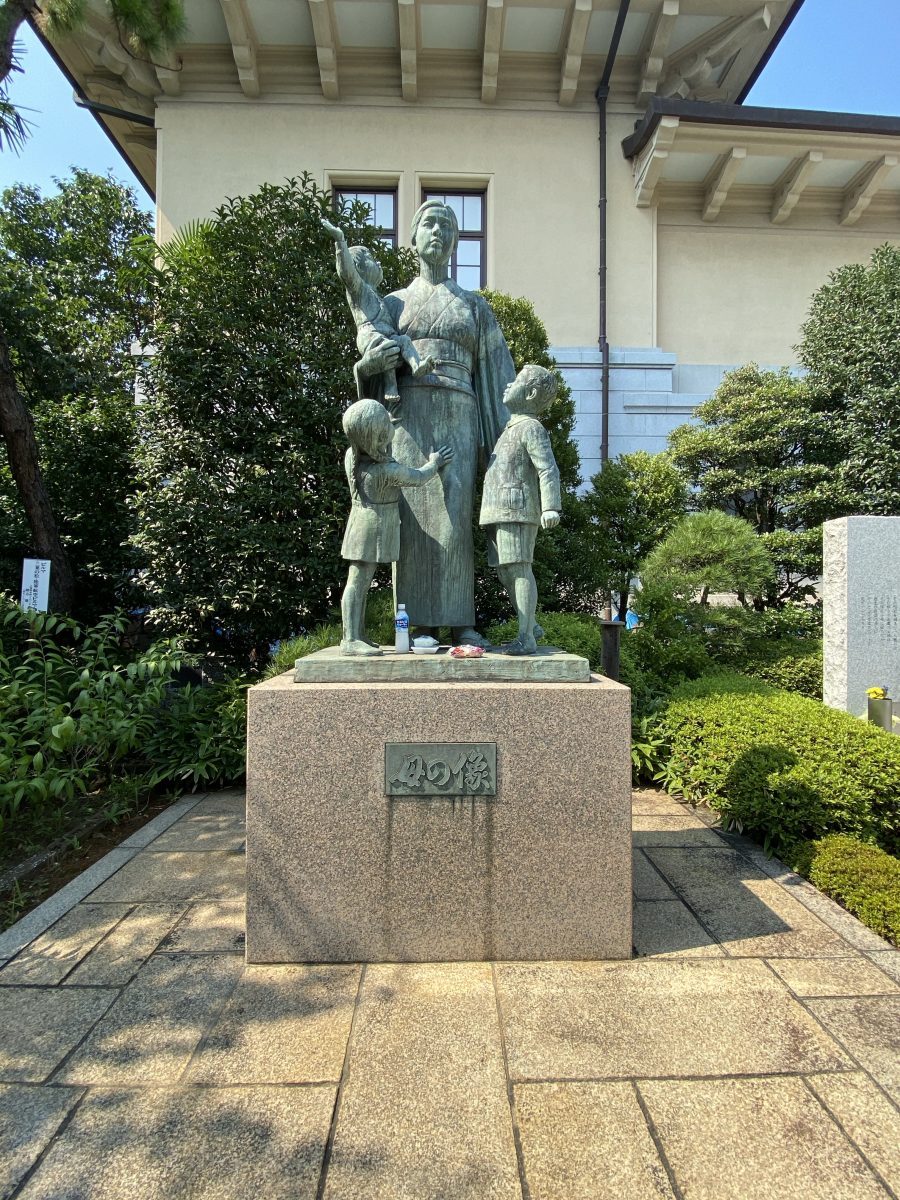
This is a statue to all the mothers whose children didn’t come home after the war.
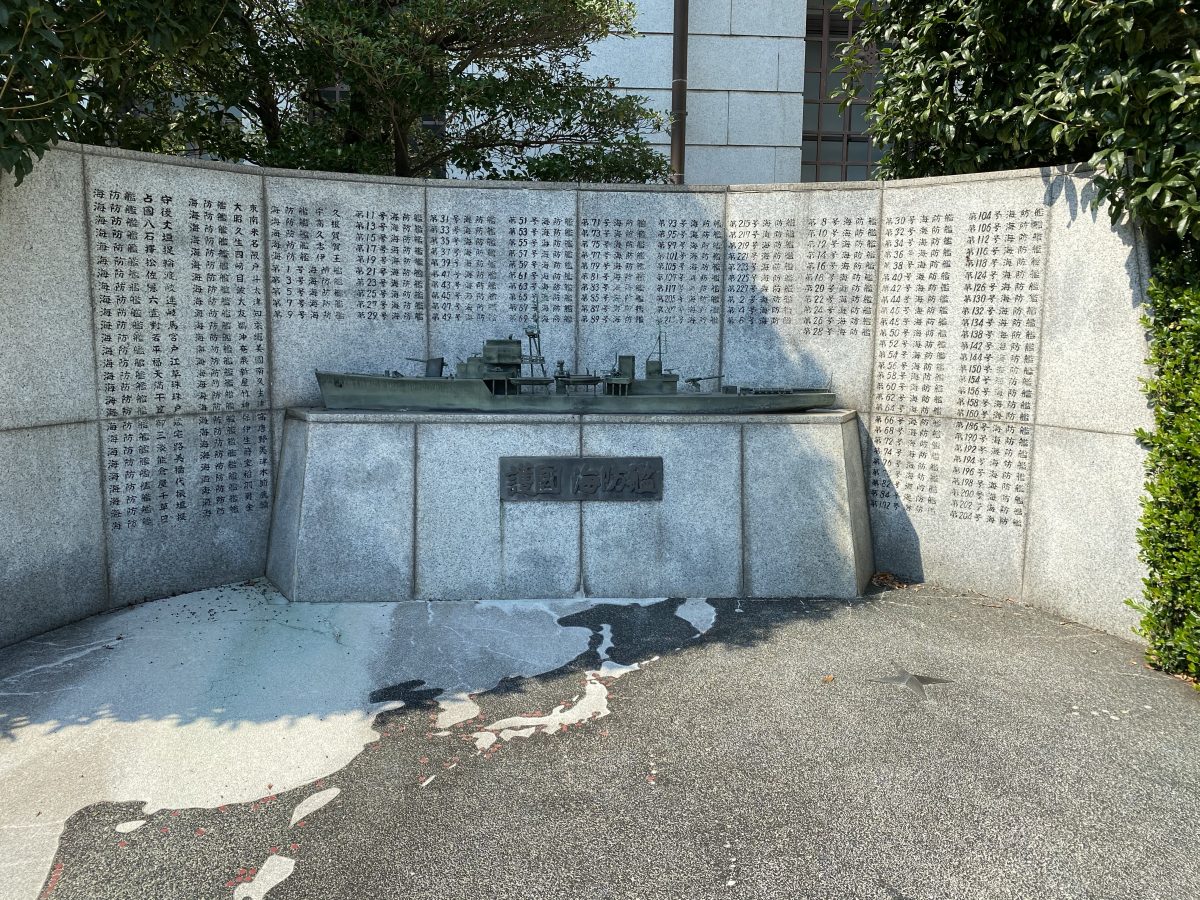
Finally a place to remember the ships that were sunk during WWII. My wife’s uncle Kumakichi served on the Battleship Ise, and I loved bringing my half-American kids to his house on New Year’s Day to hear his war stories.
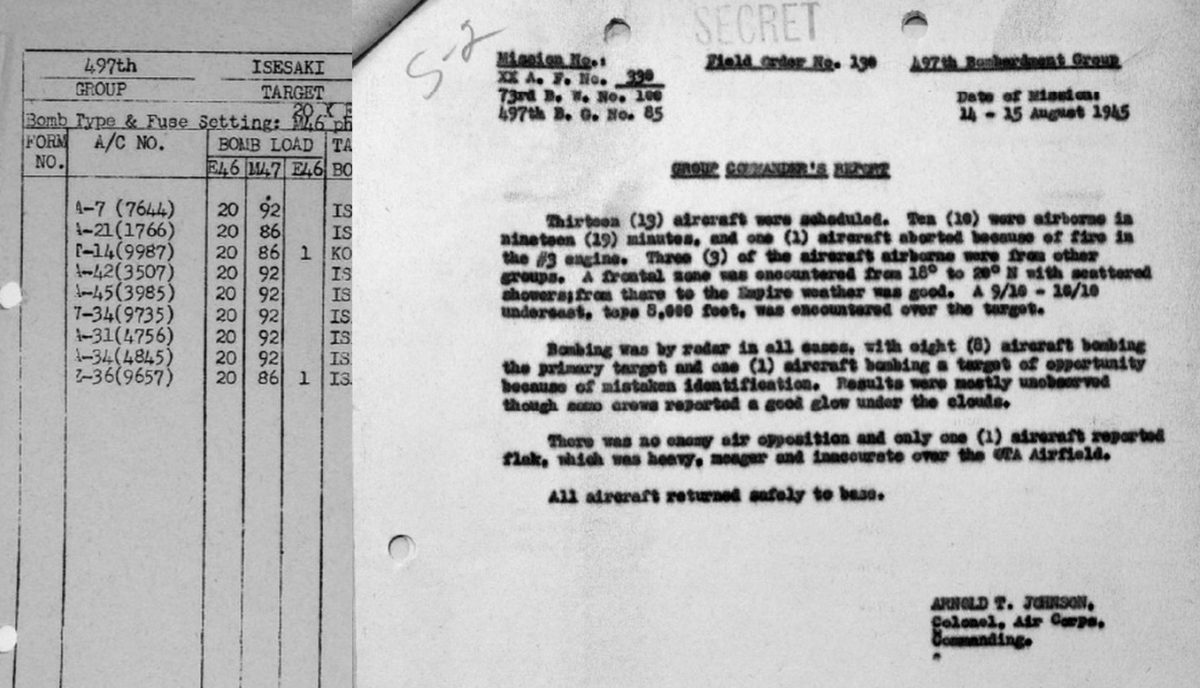
The Final Bombing of WWII Was 75 Years Ago
By odd coincidence, J-List’s home city was the final city to be bombed, at 3:00 pm on August 15, actually three hours after the famous recording of the Emperor announcing the surrender of Japan had been played on the radio in Japan. The target was the Fuji Heavy Industries factory about 2 km from J-List.
Obon is a Time to Reflect on Death
The Obon Buddhist holidays are going on right now, so it’s the perfect time to reflect on one’s ancestors who have died, which is pretty much the main focus of Buddhism in Japan. It seems we can’t stop thinking about death this time of year. Japan just marked the 35th anniverary of JAL flight 123, which crashed in 1985 killing 520 passengers, still the worst single-aircraft accident in history. And two days ago, our beloved dog Kururin died, which really sucked.
So as we all reflect on the end of WWII, a conflict so bad none of us can properly conceive of it, let’s all take a moment to treasure the important people (and dogs) in our lives and give them a hug.
Thanks for reading!


